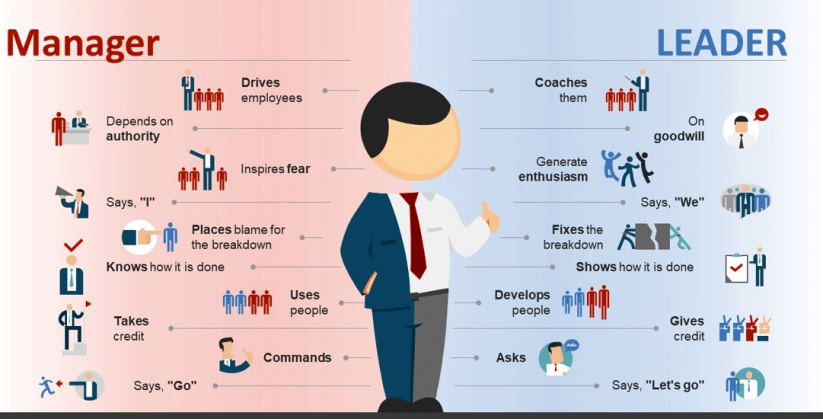In order to be successful, it is important to understand the difference between leadership and management. Although the two are often confused, they are quite different. This blog post will explore the key differences between leaders and managers. We will also discuss what sets them apart and why it is important to know the difference. So, let’s get started!
Leadership vs. management: understanding the key difference
There is no single answer to the question of what leadership vs. management really means. The truth is, the two concepts are quite different, and they require different skillsets. Simply put, leadership is about inspiring and motivating people to achieve a common goal, while management is more about organizing and executing a plan.

Leadership is often seen as something that is needed in order to get people to achieve something great. After all, it takes leaders to inspire people to do things that they might not otherwise do. Management, on the other hand, focuses on putting a plan into action and making sure that everything runs smoothly.
It’s important to understand the difference between leadership and management so that you can decide which one is right for you. If you’re the type of person who is good at inspiring others and getting them to work together towards a common goal, then leadership might be the right path for you. However, if you’re more interested in putting a plan into action and making sure that everything runs smoothly, management might be a better fit.
No matter which path you choose, remember that both leadership and management are important skills to have. The most successful people are usually those who are able to combine both skillsets.

How to develop leadership qualities in a manager?
There is no one answer to this question since no single leadership style or approach is guaranteed to work in all situations. However, some general tips can help managers develop their unique leadership styles and approach.
First, it is important to be clear about your goals and objectives as a leader. Once you have a clear vision for your team or organization, it will be easier to communicate this to others and gain their buy-in.
Second, it is essential to build strong relationships with your team members. Get to know them personally and learn about their strengths and weaknesses. This will help you better understand how to motivate and inspire them.
Finally, always be willing to listen to feedback and use it to improve your own leadership skills.

